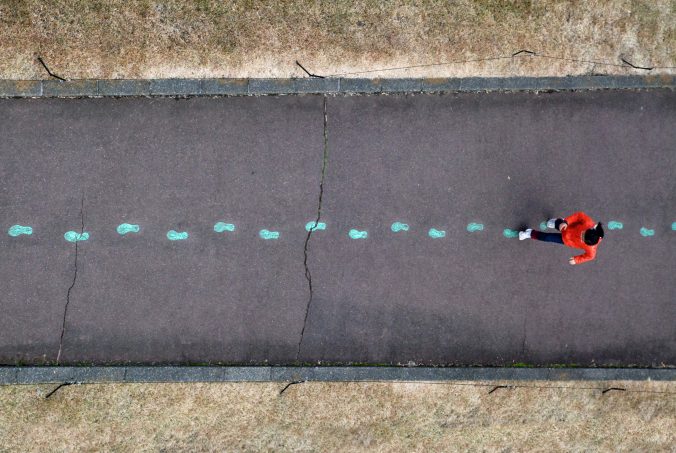This peer review is for Pod 12 whose Interactive Learning Resource focused on Microeconomics and Macroeconomics.
As someone who has never taken a course in economics, I appreciated the amount of detail and resources provided in your ILR. The first YouTube video has provided me with some basic understanding of what economics is, and I felt it was a great choice for an intro video because the information in it was delivered at a slow enough pace for me and was accompanied by visuals which was extremely helpful and engaging.
A few suggestions:
- The amount of content included in your ILR is impressive, and it is obvious that you have put a lot of thought and effort into it. It was, however, very difficult for me to get through as there was so much information that was completely new to me presented in a single-spaced text format (I am more of a visual learner). Altogether, I felt that the course would take me way more than 2 hours to get through, just by judging the length of the videos alone. Perhaps you might consider connecting your learning outcomes to the material you are conveying more explicitly. It would also be great to see more visuals (e.g., graphs, diagrams) utilized in your document for a clearer concept representation and emphasis on the most important points. This may also help reduce its density, making engagement with the content a bit more manageable for learners like me.
- In your “rationale for the learning design” section, I am wondering if you could provide a bit more detail as to how the design of your choice helps learners better comprehend the material presented to them.
- When it comes to the interactive activity for each learning outcome, I am wondering if you could explain how the articles and videos you have provided make the activity interactive.
- I am also slightly confused by the percentage distribution in your assessment plan. Could you perhaps clarify that a bit? As well, I may have missed this, but I am curious as to how you are planning on assessing the learners’ responses to your quiz.
I thought your rationales for the inclusion of diverse learners and technology choices were written clearly and thoroughly. Your explanation of how you might ensure success of a single full-time working parent has particularly caught my attention with the flexible quiz deadline approach.
Overall, it was great for me to learn more about economic factors and processes as well as explore your plans for presenting the course. It is such an important subject, and you have highlighted its significance very well.
Best of luck, Pod 12!

Recent Comments